
Heather Anderson, a star Australian rules football player who died last November, is the first female professional athlete to be diagnosed with chronic traumatic encephalopathy, or CTE. “She is the first female athlete diagnosed with CTE, but she will not be the last,” researchers wrote in a paper published Friday. Anderson was 28 when she died from what was believed to be suicide. CTE is a progressive degenerative brain disease caused by repeated head impacts, like those suffered when heading a ball in soccer (football). The finding was made possible after Anderson’s family donated her brain to the Australian Sports Brain Bank, hoping to discover “whether a lifetime of exposure to repetitive head trauma contributed to her death,” according to a report co-written by one of the researchers. It was published on a nonprofit academic news site, The Conversation. Dr. Michael Buckland, director of the Australian Sports Brain Bank, identified low-stage CTE when conducting the postmortem analysis. “There were multiple CTE lesions as well as abnormalities nearly everywhere I looked in her cortex. It was indistinguishable from the dozens of male cases I’ve seen,” said Buckland in a news release from the Concussion Legacy Foundation, a nonprofit organization based in the United States. Although women athletes previously had not been diagnosed with CTE, evidence suggests women are more susceptible to concussions in sports than men,… read on > read on >










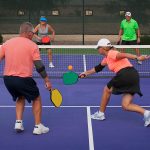
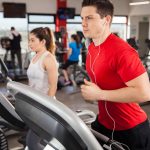
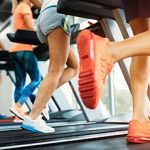





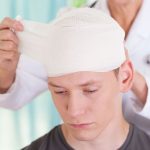
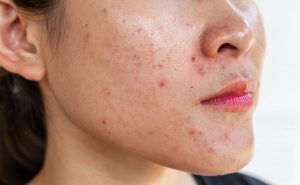
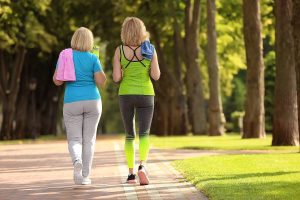










-300x200.jpg)






